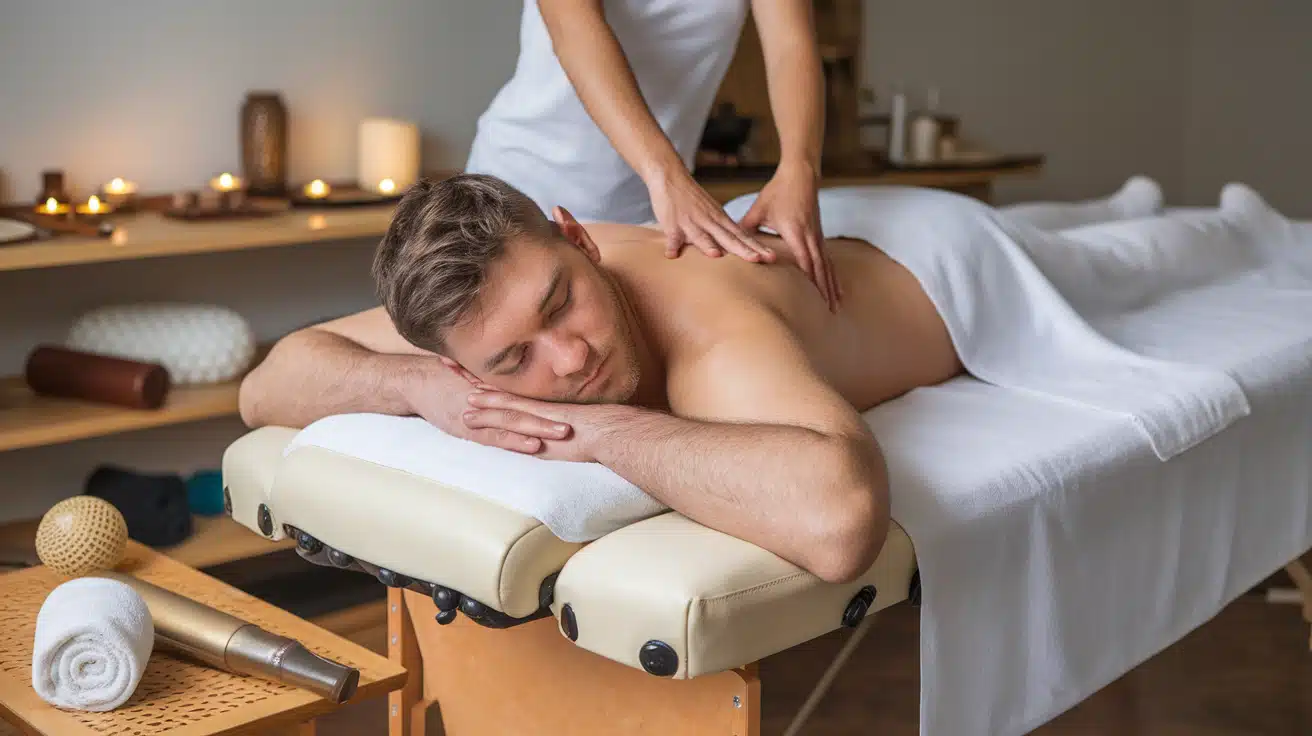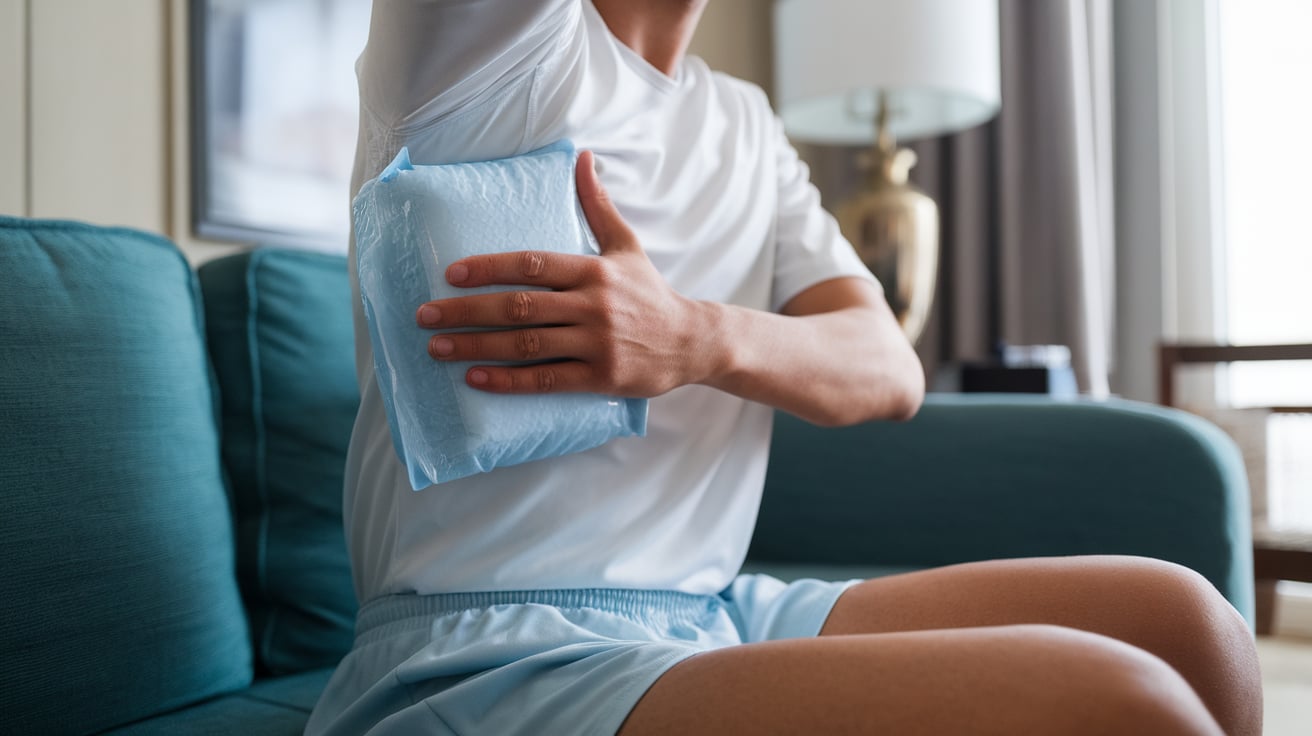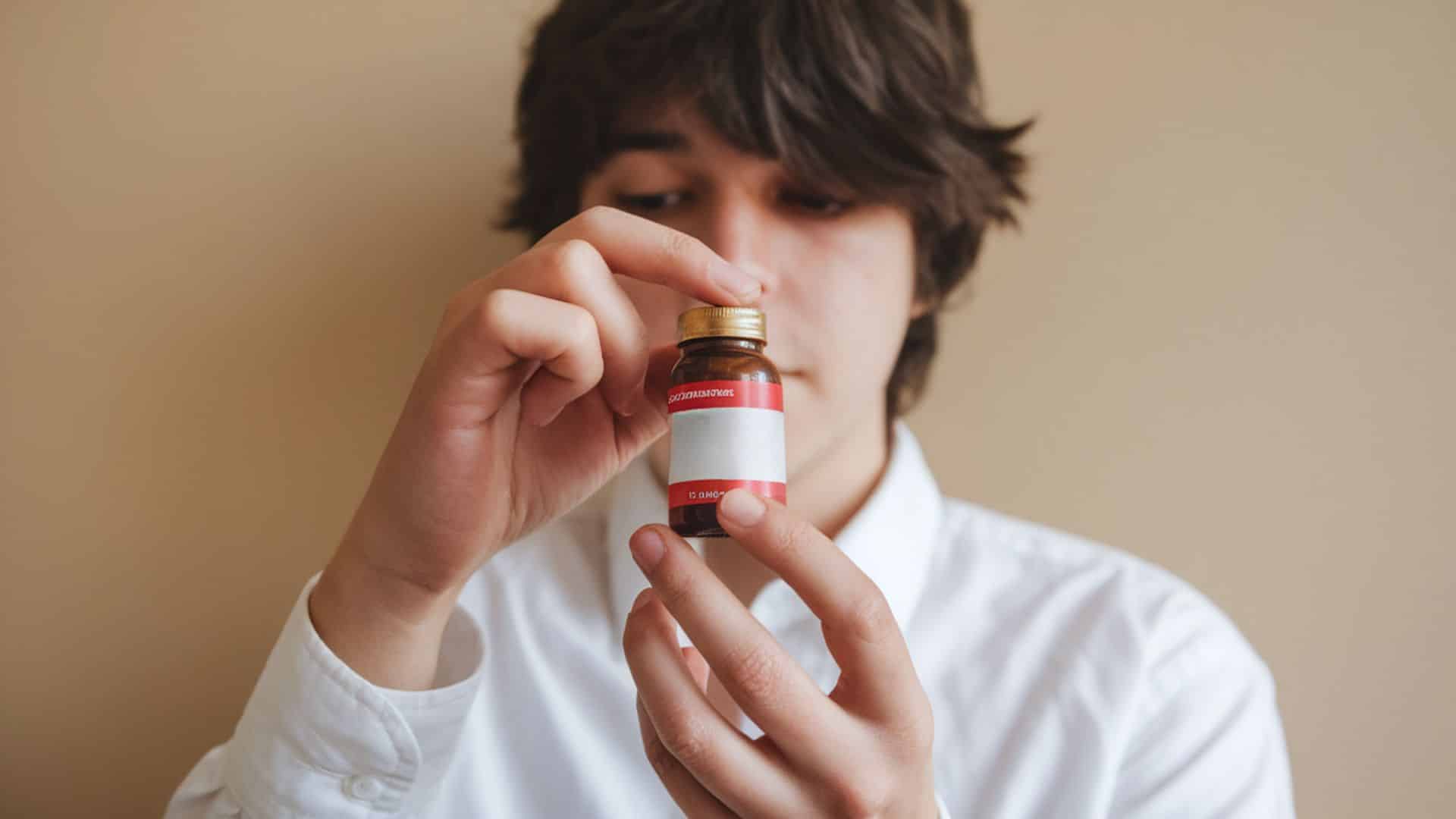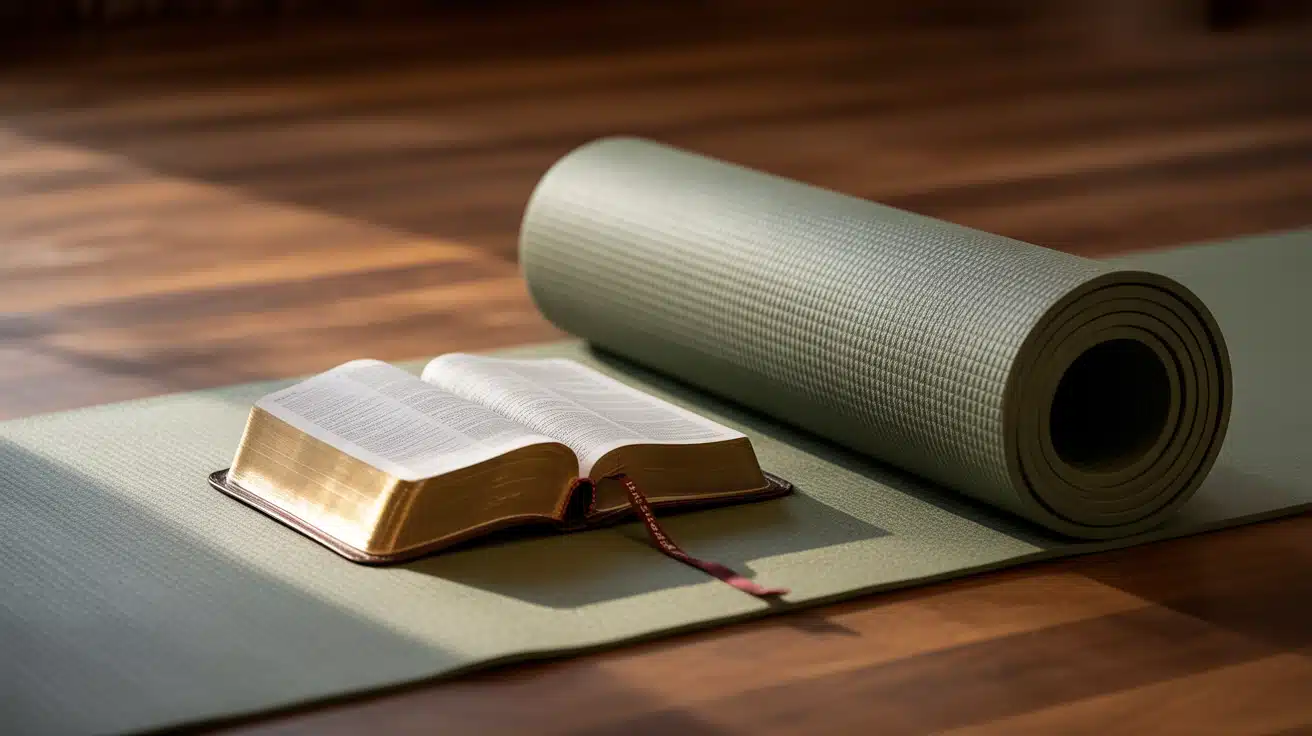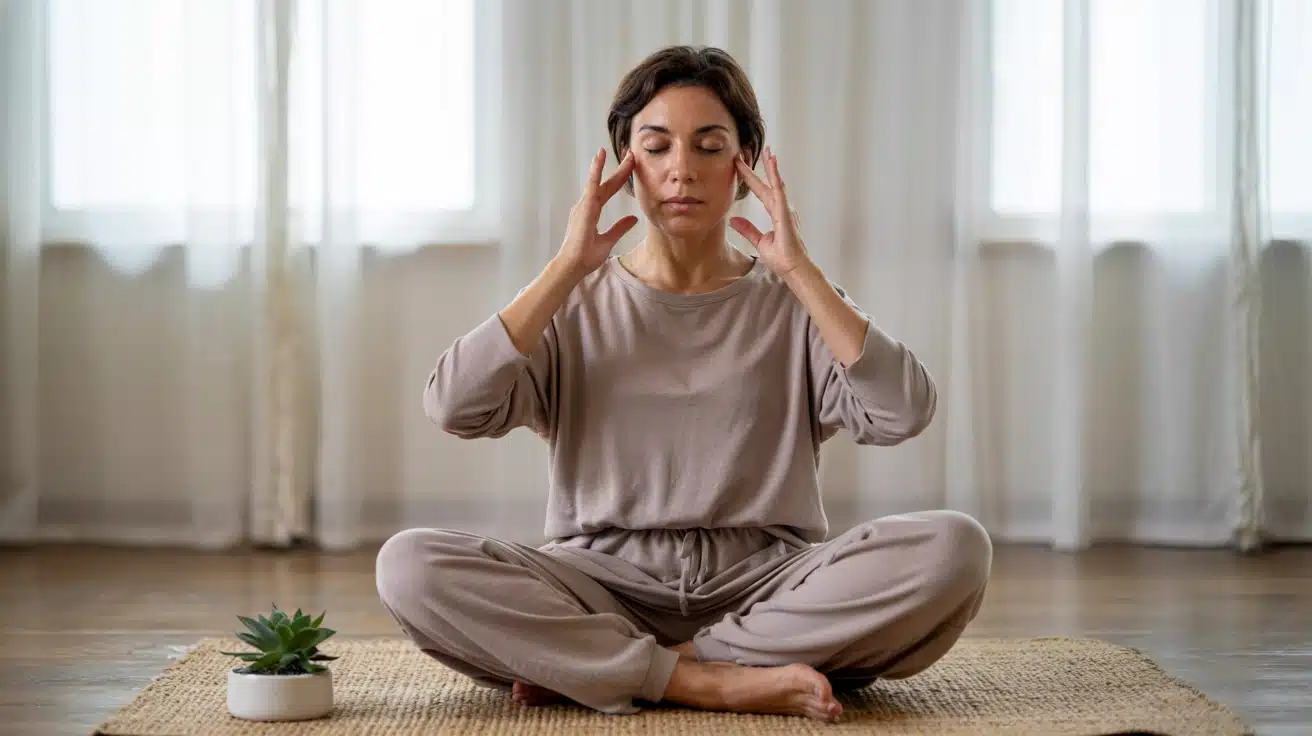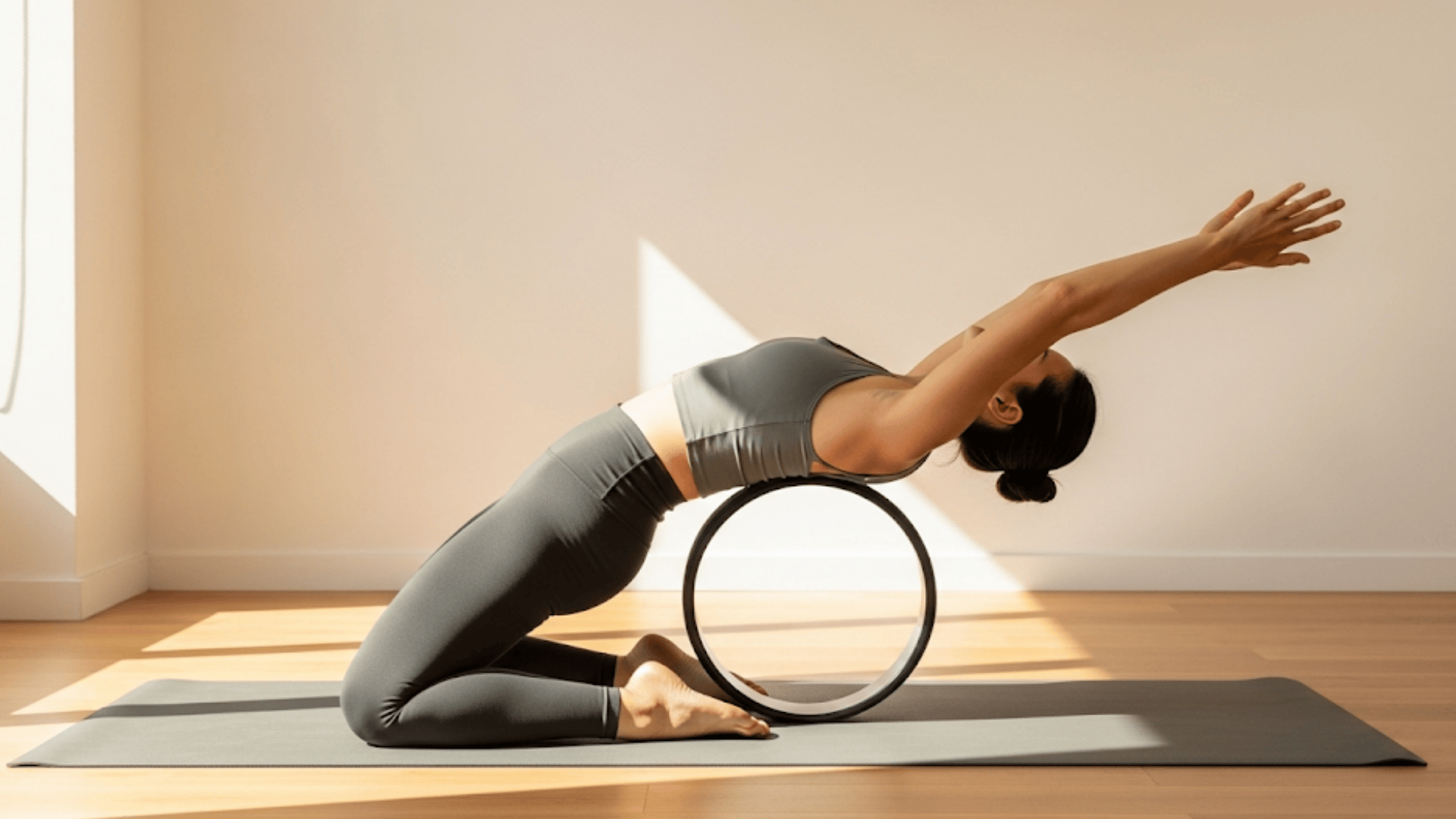Ever stepped off a massage table feeling worse than when you got on?
Many people experience unexpected soreness after what should be a relaxing treatment, leaving them wondering if something went wrong.
Your muscles are actually responding normally to the pressure and manipulation. That post-massage discomfort isn’t a sign of damage. It’s your body’s natural healing process kicking into gear. Just like after a good workout, your tissues are recovering and rebuilding.
This soreness typically means your massage was effective at releasing built-up tension and improving circulation. Most discomfort fades within 24-48 hours as your body adjusts.
Ready to learn why this happens and how to relieve pain after a massage quickly?
Let’s dig into the science behind post-massage soreness and learn how to relieve pain after massage with proven strategies.
Wondering why you get muscle pain instead of relaxation after a massage session?
Read about the real reason behind post-massage soreness and how to bounce back faster with simple, effective recovery tips.
6 Ways to Relieve Pain After a Massage
These 6 simple recovery strategies can significantly reduce post-massage discomfort and help you get back to feeling your best. Remember that mild soreness is normal and usually resolves within 2-3 days with proper self-care.
1. Stay Hydrated with Water
Drink plenty of water after your massage to help flush out toxins released during the treatment. Proper hydration supports your body’s natural healing process and reduces muscle stiffness.
Aim for at least 8-10 glasses throughout the day following your session. Dehydration can worsen soreness and slow recovery.
Water helps transport nutrients to healing tissues and removes metabolic waste products that contribute to post-massage discomfort.
2. Apply Ice or Heat Therapy
Use ice packs for the first 24 hours to reduce inflammation and numb soreness in treated areas. After that initial period, switch to heat therapy like warm baths or heating pads to relax muscles and improve blood flow.
Ice constricts blood vessels and reduces swelling, while heat opens them up to promote healing. Alternate between 15-20 minute sessions with breaks in between to prevent skin damage.
3. Take Gentle Epsom Salt Baths
Soak in warm water with Epsom salts for 15-20 minutes to ease muscle tension and reduce inflammation. The magnesium in Epsom salts helps calm nervous system responses and promotes muscle relaxation.
Add essential oils like lavender or eucalyptus for additional soothing benefits and stress relief. The warm water temperature should be comfortable, not scalding hot, to avoid further irritating sensitive tissues.
4. Do Light Stretching Exercises
Perform gentle stretches to keep muscles flexible and prevent stiffness from setting in. Focus on areas that were worked on during your massage session.
Hold each stretch for 15-30 seconds without forcing movements or bouncing. This helps maintain the benefits of your treatment and prevents muscles from tightening back up. Yoga poses and simple neck rolls can be particularly helpful for overall relief.
5. Get Adequate Rest and Sleep
Allow your body time to heal by getting quality sleep and avoiding strenuous activities. Rest helps your muscles recover and reduces overall soreness naturally.
Avoid intense workouts for 24-48 hours after your massage to prevent additional strain. Create a comfortable sleeping environment with supportive pillows and maintain your regular sleep schedule. Your body does most of its healing and repair work during deep sleep cycles.
6. Consider Over-the-Counter Pain Relief
Take mild pain relievers like ibuprofen or acetaminophen if soreness becomes uncomfortable and interferes with daily activities.
Follow package directions carefully and don’t exceed recommended doses. These medications can help reduce inflammation and provide temporary relief while your body heals naturally.
Consult with your healthcare provider if you have any concerns about drug interactions or if pain persists beyond a few days.
Long-Term Tips to Relieve Pain After Massage
Building these habits into your routine will help your body respond better to massage therapy and minimize uncomfortable aftereffects. The key is consistency – small daily actions lead to more comfortable massage experiences over time.
- Schedule regular massage sessions: Consistent treatments help your body adapt and reduce soreness over time.
- Maintain good hydration daily: Drink water throughout the week, not just on massage days, for better results
- Stay physically active: Regular exercise keeps muscles flexible and reduces tension that causes post-massage pain.
- Communicate with your therapist: Build a relationship so they understand your body’s needs and pressure preferences.
- Practice stress management: Use relaxation techniques like meditation or deep breathing to prevent muscle tension buildup.
- Stretch regularly at home: Daily stretching maintains muscle flexibility and reduces stiffness between massage appointments.
When Should You Be Concerned About Post-Massage Pain?
While mild soreness after a massage is normal, seek medical attention if you experience severe pain lasting beyond 72 hours, sharp shooting pains, swelling, bruising, numbness, tingling, persistent headaches, nausea, fever, or any symptoms that interfere with daily activities and sleep.
Conclusion
Post-massage soreness doesn’t have to ruin your relaxation experience. By understanding that mild discomfort is part of your body’s natural healing response, you can take the right steps to feel better quickly.
Simple strategies like staying hydrated, using ice or heat therapy, and getting proper rest can make a significant difference in your post-massage recovery time.
Remember to listen to your body and know when soreness crosses the line into something more serious. Building healthy habits between sessions, like regular exercise, stretching, and good communication with your therapist, will help reduce future discomfort.
Start implementing these tips today to relieve pain after a massage and book your next appointment with confidence. The extra care and attention to proper healing pay off.
Start implementing these recovery techniques today and book your next session with confidence. Your body will thank you for the extra care and attention to proper healing.
Check out our Recovery & Wellness hub for expert-backed insights on movement, pain relief, and body care that actually works.
Having any doubts? Ask your doubts in the comment section below!

